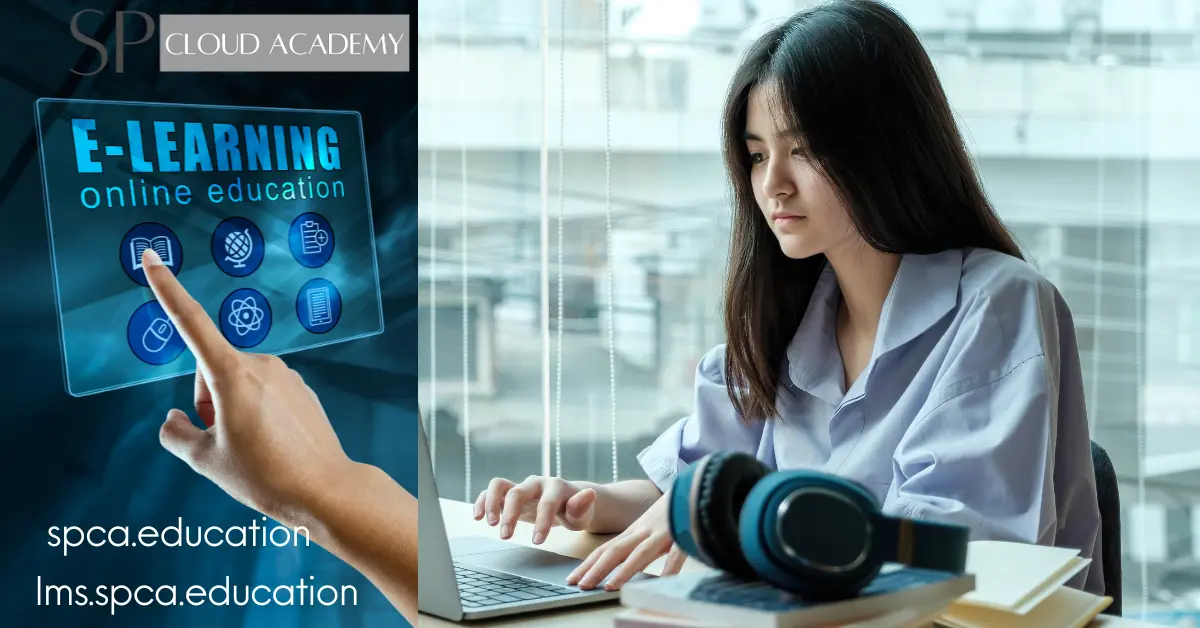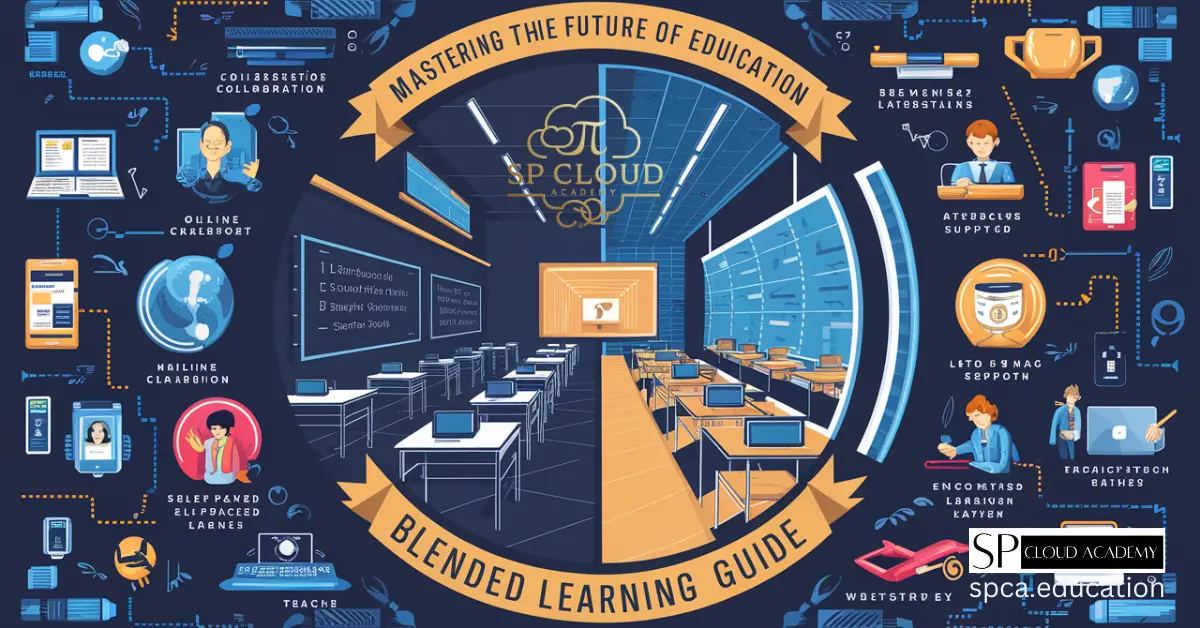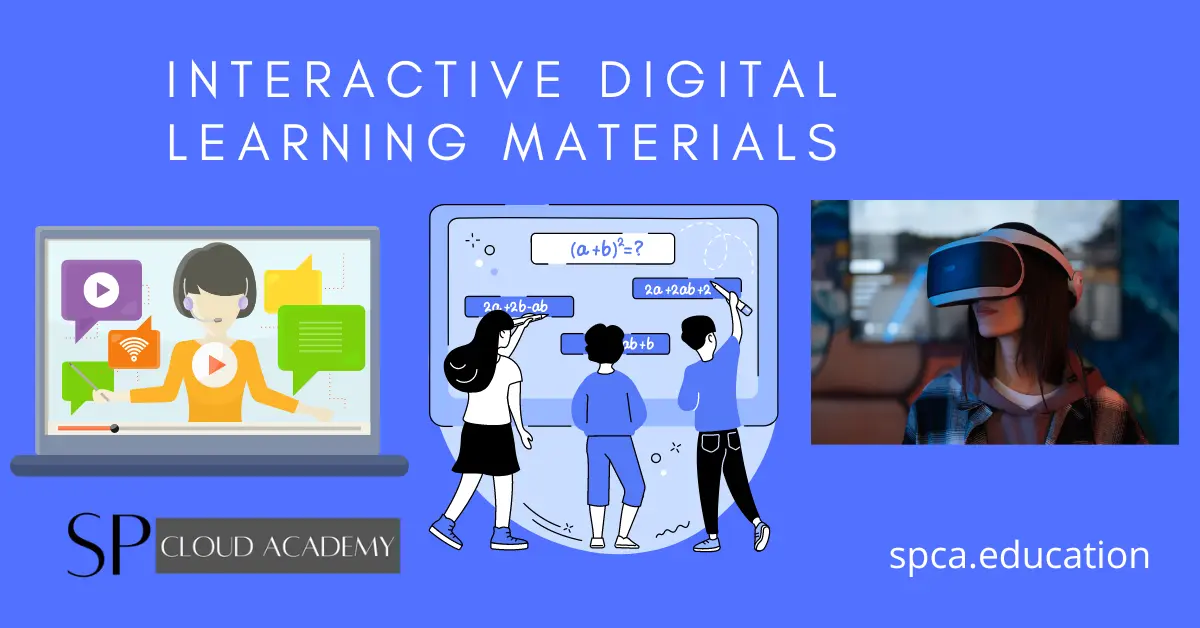Introduction
The landscape of education has undergone a seismic shift over the past decade, driven by the rapid evolution of technology. Online learning, once a supplementary tool, has now become a cornerstone of modern education. Learning Management Systems (LMS) have been at the forefront of this transformation, providing a platform for educators and learners to connect, collaborate, and engage in a digital environment. However, as the demand for more immersive and interactive learning experiences grows, traditional LMS platforms are being challenged to evolve. Enter simulation and virtual technologies—game-changers that are revolutionizing the way we think about online learning.
In this comprehensive article, we will explore how simulation and virtual technologies are transforming LMS platforms, the benefits they bring to online learning, and the future of education in a world where virtual reality (VR), augmented reality (AR), and artificial intelligence (AI) are becoming the norm.
The Evolution of Learning Management Systems (LMS)
The Early Days of LMS
The concept of Learning Management Systems dates back to the late 1990s when the internet began to gain traction as a tool for education. Early LMS platforms were rudimentary, offering basic functionalities such as course management, content delivery, and assessment tools. These systems were primarily designed to facilitate the administration of online courses, with little emphasis on interactivity or engagement.
The Rise of E-Learning
As the internet became more accessible, the demand for online learning grew exponentially. E-learning emerged as a viable alternative to traditional classroom-based education, offering flexibility and convenience to learners. LMS platforms evolved to meet this demand, incorporating features such as multimedia content, discussion forums, and gamification elements. However, despite these advancements, traditional LMS platforms still struggled to replicate the immersive and interactive nature of in-person learning.
The Limitations of Traditional LMS
While traditional LMS platforms have been instrumental in democratizing education, they are not without their limitations. One of the most significant challenges is the lack of engagement and interactivity. Many online courses are still delivered in a passive, lecture-style format, which can lead to disengagement and low retention rates. Additionally, traditional LMS platforms often fail to provide learners with hands-on, practical experiences, which are crucial for mastering complex skills and concepts.
The Emergence of Simulation and Virtual Technologies
What Are Simulation and Virtual Technologies?
Simulation and virtual technologies encompass a range of tools and techniques that create immersive, interactive learning experiences. These technologies include:
- Virtual Reality (VR): VR creates a fully immersive, computer-generated environment that users can interact with using specialized hardware such as VR headsets.
- Augmented Reality (AR): AR overlays digital content onto the real world, enhancing the user’s perception of their environment through devices like smartphones or AR glasses.
- Mixed Reality (MR): MR combines elements of both VR and AR, allowing users to interact with both digital and physical objects in real-time.
- Artificial Intelligence (AI): AI-powered simulations can adapt to the learner’s behavior, providing personalized feedback and guidance.
The Role of Simulation and Virtual Technologies in Education
Simulation and virtual technologies are transforming education by providing learners with immersive, hands-on experiences that were previously impossible to achieve in an online environment. These technologies enable learners to practice skills, explore complex concepts, and engage with content in a way that is both interactive and engaging.
For example, medical students can use VR to perform virtual surgeries, allowing them to practice and refine their skills in a risk-free environment. Similarly, engineering students can use AR to visualize and manipulate 3D models of complex machinery, gaining a deeper understanding of how they work.
How Simulation and Virtual Technologies Are Revolutionizing LMS
Enhanced Engagement and Interactivity
One of the most significant benefits of simulation and virtual technologies is their ability to enhance engagement and interactivity in online learning. Traditional LMS platforms often rely on passive learning methods, such as reading text or watching videos, which can lead to disengagement. In contrast, simulation and virtual technologies provide learners with active, hands-on experiences that keep them engaged and motivated.
For example, a VR-based LMS platform could allow learners to explore a virtual laboratory, conducting experiments and interacting with equipment in real-time. This level of interactivity not only makes learning more enjoyable but also helps learners retain information more effectively.
Personalized Learning Experiences
Another key advantage of simulation and virtual technologies is their ability to provide personalized learning experiences. AI-powered simulations can adapt to the learner’s behavior, providing tailored feedback and guidance based on their individual needs and learning style.
For instance, an AI-driven LMS platform could analyze a learner’s performance in a virtual simulation and identify areas where they need improvement. The platform could then provide targeted resources and exercises to help the learner master those specific skills. This level of personalization ensures that each learner receives the support they need to succeed.
Real-World Application and Skill Development
One of the most significant challenges of traditional online learning is the lack of opportunities for real-world application and skill development. While learners may be able to acquire theoretical knowledge through online courses, they often struggle to apply that knowledge in practical settings.
Simulation and virtual technologies address this challenge by providing learners with realistic, hands-on experiences that mimic real-world scenarios. For example, a VR-based LMS platform could simulate a customer service environment, allowing learners to practice handling difficult customer interactions. This type of experiential learning helps learners develop the skills they need to succeed in their careers.
Accessibility and Inclusivity
Simulation and virtual technologies also have the potential to make online learning more accessible and inclusive. Traditional LMS platforms often rely on text-based content, which can be challenging for learners with disabilities or those who speak different languages. In contrast, simulation and virtual technologies can provide multi-sensory learning experiences that cater to a wide range of learning styles and abilities.
For example, a VR-based LMS platform could provide audio descriptions and sign language interpretations for learners with visual or hearing impairments. Similarly, AR-based platforms could offer real-time language translation, making content accessible to learners from diverse linguistic backgrounds.
Cost-Effectiveness and Scalability
While the initial investment in simulation and virtual technologies may be high, these technologies can ultimately be more cost-effective and scalable than traditional learning methods. For example, a VR-based LMS platform can simulate expensive equipment or environments, allowing learners to gain hands-on experience without the need for physical resources.
Additionally, simulation and virtual technologies can be easily scaled to accommodate large numbers of learners. Once a virtual simulation is created, it can be accessed by an unlimited number of learners, making it a cost-effective solution for organizations looking to train large teams.
Case Studies: Simulation and Virtual Technologies in Action
Medical Education: Virtual Surgery Simulations
One of the most compelling examples of simulation and virtual technologies in education is their use in medical training. Medical schools and hospitals are increasingly turning to VR-based simulations to train the next generation of surgeons.
For example, Osso VR is a VR-based surgical training platform that allows medical students to practice complex procedures in a virtual environment. The platform provides realistic haptic feedback, allowing learners to feel the resistance and texture of virtual tissues as they perform surgeries. This level of realism helps learners develop the skills and confidence they need to perform surgeries in real life.
Corporate Training: Virtual Customer Service Scenarios
Simulation and virtual technologies are also being used to enhance corporate training programs. For example, Walmart has implemented a VR-based training program that simulates real-world customer service scenarios. Employees use VR headsets to practice handling difficult customer interactions, such as dealing with an angry customer or managing a long line at the checkout.
The program has been highly effective, with employees reporting increased confidence and improved performance after completing the training. Walmart has also found that the VR-based training is more engaging and memorable than traditional training methods, leading to better retention of information.
STEM Education: Virtual Laboratories
In the field of STEM (Science, Technology, Engineering, and Mathematics) education, simulation and virtual technologies are being used to create virtual laboratories that allow students to conduct experiments and explore complex concepts in a safe and controlled environment.
For example, Labster is a virtual laboratory platform that offers a wide range of science simulations, from biology and chemistry to physics and engineering. Students can perform experiments, analyze data, and explore scientific concepts in a virtual environment that closely mimics a real laboratory. This type of experiential learning helps students develop a deeper understanding of scientific principles and prepares them for careers in STEM fields.
The Future of LMS: A Virtual Reality
The Integration of AI and Machine Learning
As simulation and virtual technologies continue to evolve, the integration of AI and machine learning will play a crucial role in shaping the future of LMS. AI-powered simulations can analyze learner behavior and provide personalized feedback, helping learners identify areas where they need improvement and offering targeted resources to help them succeed.
For example, an AI-driven LMS platform could track a learner’s progress in a virtual simulation and identify patterns in their behavior. If the platform detects that the learner is struggling with a particular concept, it could provide additional resources or adjust the difficulty level of the simulation to better match the learner’s needs.
The Rise of Immersive Learning Environments
The future of LMS will also see the rise of immersive learning environments that combine VR, AR, and MR technologies to create fully interactive and engaging learning experiences. These environments will allow learners to explore complex concepts, practice skills, and collaborate with peers in a virtual space that closely mimics the real world.
For example, a future LMS platform could offer a virtual classroom where learners can interact with instructors and peers in real-time, using avatars to represent themselves. The platform could also incorporate AR elements, allowing learners to overlay digital content onto their physical environment and engage with content in new and innovative ways.
The Democratization of Education
Simulation and virtual technologies have the potential to democratize education by making high-quality learning experiences accessible to learners around the world. As these technologies become more affordable and widespread, learners in remote or underserved areas will have access to the same immersive and interactive learning experiences as those in more developed regions.
For example, a VR-based LMS platform could provide learners in rural areas with access to virtual laboratories, allowing them to conduct experiments and explore scientific concepts that would otherwise be unavailable to them. Similarly, AR-based platforms could offer real-time language translation, making content accessible to learners from diverse linguistic backgrounds.
The Role of Gamification
Gamification, the use of game design elements in non-game contexts, will also play a significant role in the future of LMS. By incorporating gamification elements such as points, badges, and leaderboards, LMS platforms can make learning more engaging and motivating.
For example, a gamified LMS platform could reward learners with points for completing virtual simulations or achieving specific learning objectives. These points could then be used to unlock new levels, access additional resources, or compete with peers on a leaderboard. This type of gamified learning experience can increase learner engagement and motivation, leading to better learning outcomes.
Challenges and Considerations
Technical and Infrastructure Requirements
While simulation and virtual technologies offer numerous benefits, they also come with technical and infrastructure challenges. For example, VR and AR technologies require specialized hardware, such as VR headsets or AR glasses, which can be expensive and may not be accessible to all learners.
Additionally, these technologies require a robust internet connection and powerful computing resources, which may not be available in all regions. As a result, organizations looking to implement simulation and virtual technologies in their LMS platforms must carefully consider the technical and infrastructure requirements and ensure that they have the necessary resources in place.
Privacy and Security Concerns
The use of simulation and virtual technologies in education also raises privacy and security concerns. For example, VR and AR technologies often require the collection of sensitive data, such as biometric information or location data, which can be vulnerable to cyberattacks.
Additionally, the use of AI-powered simulations raises concerns about data privacy and the potential for bias in algorithmic decision-making. Organizations must take steps to ensure that learner data is protected and that AI algorithms are transparent and fair.
The Need for Training and Support
Finally, the successful implementation of simulation and virtual technologies in LMS platforms requires adequate training and support for both educators and learners. Educators must be trained on how to use these technologies effectively and integrate them into their teaching practices. Similarly, learners must be provided with the necessary support to navigate and engage with these new learning environments.
Organizations must invest in ongoing training and support to ensure that educators and learners are able to fully leverage the benefits of simulation and virtual technologies.
Conclusion
The integration of simulation and virtual technologies into LMS platforms is revolutionizing the way we think about online learning. These technologies offer numerous benefits, including enhanced engagement and interactivity, personalized learning experiences, real-world application and skill development, and increased accessibility and inclusivity.
As we look to the future, the continued evolution of simulation and virtual technologies, combined with the integration of AI and machine learning, will further transform the landscape of education. The rise of immersive learning environments, the democratization of education, and the role of gamification will all play a crucial role in shaping the future of LMS.
However, the successful implementation of these technologies also comes with challenges, including technical and infrastructure requirements, privacy and security concerns, and the need for training and support. Organizations must carefully consider these challenges and take steps to address them in order to fully realize the potential of simulation and virtual technologies in online learning.
In conclusion, simulation and virtual technologies are not just changing the way we learn—they are changing the way we think about education itself. By providing learners with immersive, interactive, and personalized learning experiences, these technologies are paving the way for a future where online learning is more engaging, effective, and accessible than ever before. The revolution in LMS is just beginning, and the possibilities are endless.
See Also
-

eLearning Platform Development
-

Blended Learning Guide
-

Application of blended teaching-learning approach in engineering education
-

Educational support and facilities from tech giants.
-

Blended Teaching: Exploring the Benefits of IT Products in the Modern Classroom
-

Interactive Digital Learning Materials

Your blog is like a beacon of light in the vast expanse of the internet. Your thoughtful analysis and insightful commentary never fail to leave a lasting impression. Thank you for all that you do.